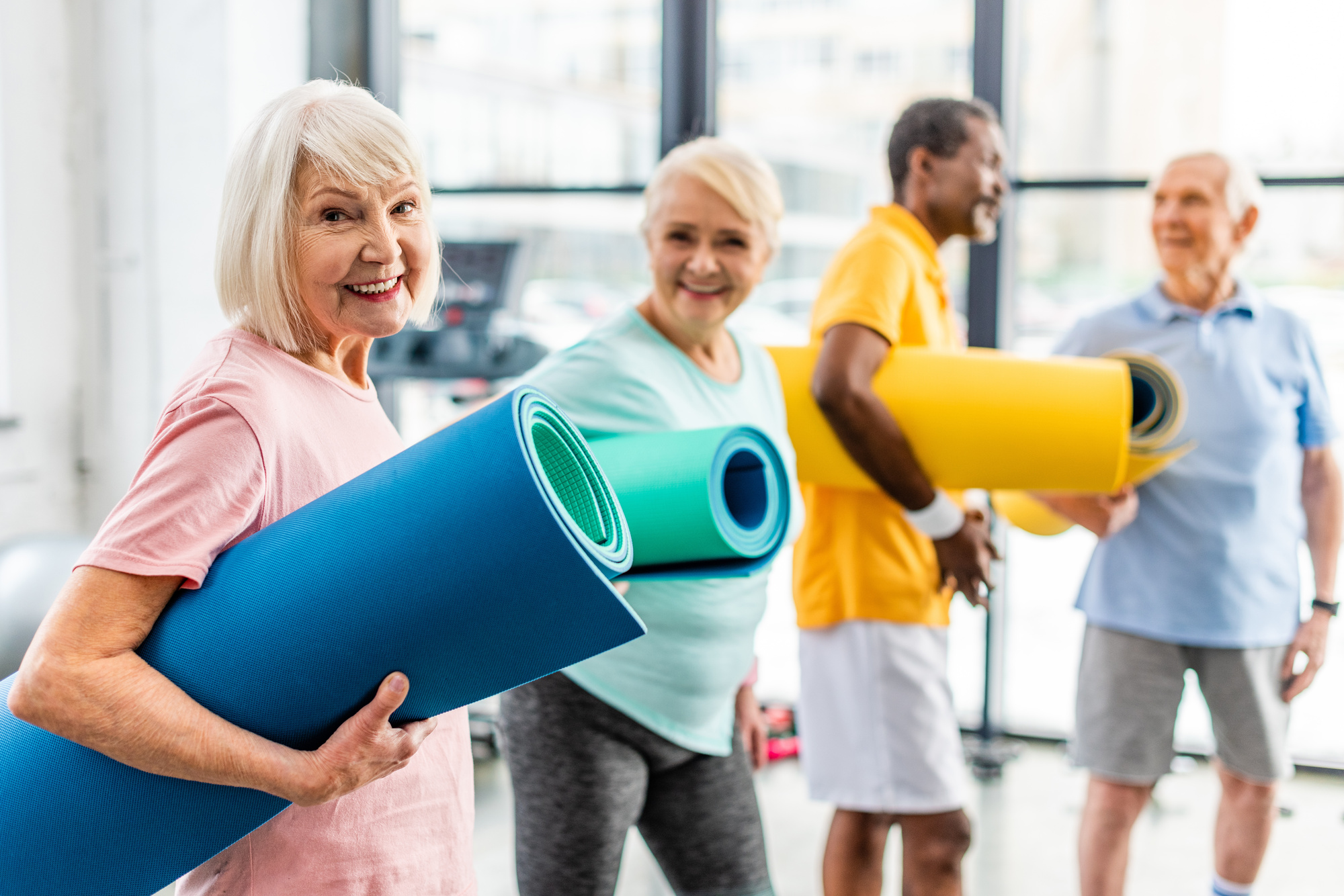
One in five Canadians are over 65 years old as of 2021. If you’re one of this lucky group, you might be looking for ways to stay healthy as you get older. That’s where active living comes in.
But why is active living important? And how do you stay active as a senior? Read on to learn all about the importance of active living for seniors.
Benefits of Active Living for Seniors
Active living is of utmost importance for seniors as it offers numerous physical, mental, and social benefits. Engaging in regular physical activity, along with maintaining an overall active lifestyle, can significantly enhance the overall well-being and quality of life for older adults.
Regular physical activity helps seniors maintain and improve their physical health. It helps you manage your weight. This helps reduce your chronic disease risk.
Examples include heart disease, diabetes, and some varieties of cancer. It also enhances your cardiovascular health. Physical activity also strengthens muscles, bones, and joints. This will lower your risk of falls and fractures.
Regular physical activity can also enhance cognitive abilities. Some abilities it can help include memory, attention, and problem-solving skills. This helps seniors maintain mental sharpness.
Seniors can improve their mobility, flexibility, and balance through active living. This enables seniors to maintain their independence for longer and perform daily tasks more easily.
Regular physical activity reduces the risk of functional decline and disability. This, in turn, allows seniors to live an active and self-sufficient lifestyle for longer.
Active living plays a crucial role in preventing and managing chronic conditions commonly associated with aging.
Regular exercise can help regulate your blood pressure and lower cholesterol levels. It can also improve blood sugar regulation. This lowers the risk of conditions such as hypertension, high cholesterol, and type 2 diabetes.
Additionally, physical activity can support individuals with existing health conditions. They help reduce pain and improve joint flexibility.
Active Senior Lifestyles and Mental Health
Active living has a positive impact on mental health and cognitive function in seniors. Exercise releases endorphins. Endorphins are natural mood-enhancing chemicals in the brain. This leads to reduced symptoms of depression and anxiety.
Participating in physical activities promotes social interaction and engagement for seniors. Whether it’s joining classes for group senior exercises, participating in walking groups, or engaging in team sports, active senior living provides opportunities to connect with peers.
It can help you make friends and foster a sense of community. Social support networks are essential for seniors’ mental well-being and overall happiness.
Engaging in physical activity can contribute to improved sleep quality and duration.
Seniors who engage in active living often experience better sleep patterns. This leads to increased daytime energy levels and overall vitality.
Active Living for Seniors: Top Tips
There are many great things you can try to keep yourself active as you get older. Before changing your lifestyle, it’s important to consult with your healthcare provider.
They can assess your health status and give you personalized recommendations. This will ensure you won’t attempt anything that could cause you problems.
Set realistic and achievable goals that suit your current fitness level and health condition. Start gradually and progress slowly. This approach will help prevent injuries. It will also help you stay motivated as you witness your progress.
Look for ways to stay active throughout the day. Take regular breaks from sitting, walk or bike instead of driving short distances. Use stairs instead of elevators. Engage in household chores or gardening.
Exercising with a loved one or joining a fitness group can provide social support and make physical activity more enjoyable. It also helps with motivation and accountability.
Pay attention to your body’s signals. If you experience pain, dizziness, or any discomfort during exercise, modify or stop the activity. Consult your healthcare provider if necessary.
Drink plenty of water at all points in the exercise process to stay hydrated. Eat a balanced diet that includes many different types of nutritious foods. A healthy diet will support your energy levels and overall health.
Establish a regular exercise routine by scheduling specific times for physical activity. Consistency is important for receiving the long-term benefits of an active lifestyle.
If you need extra support, it doesn’t mean you have to give up on active living. Look for an assisted living community that will support you and help you stay active without fear.
Choose The Right Exercises
Choosing the right activities can help ensure you stick to your new healthy lifestyle.
Find physical activities that you actually enjoy and look forward to doing. It could be walking, swimming, dancing, gardening, yoga, or any other activity that suits your interests and abilities. Enjoying the activity will motivate you to stay active.
Include strength exercises at least a few times a week. This can be done using resistance bands or dumbbells. You can also try out bodyweight exercises like squats, lunges, and push-ups. Strength training helps maintain muscle mass, bone density, and overall strength.
Try out different aerobic activities to increase your heart rate and breathing. Walking, cycling, swimming, or attending group fitness classes are excellent options. Aim for an hour and a half of moderate-intensity aerobic exercise per week. Or, you can try 75 minutes of vigorous-intensity exercise.
Include exercises that improve balance and flexibility. This will help lower your fall risk. Yoga and tai chi are solid options. You can also try simple balance exercises like standing on one leg or heel-to-toe walking.
Active Living for Seniors: Start Today
Now that you know all the benefits of active living for seniors, it’s time to get started.
Are you searching for an assisted living community in your area that truly embraces active living? Contact Retirement Concepts to learn about your different options in the Lower Mainland.